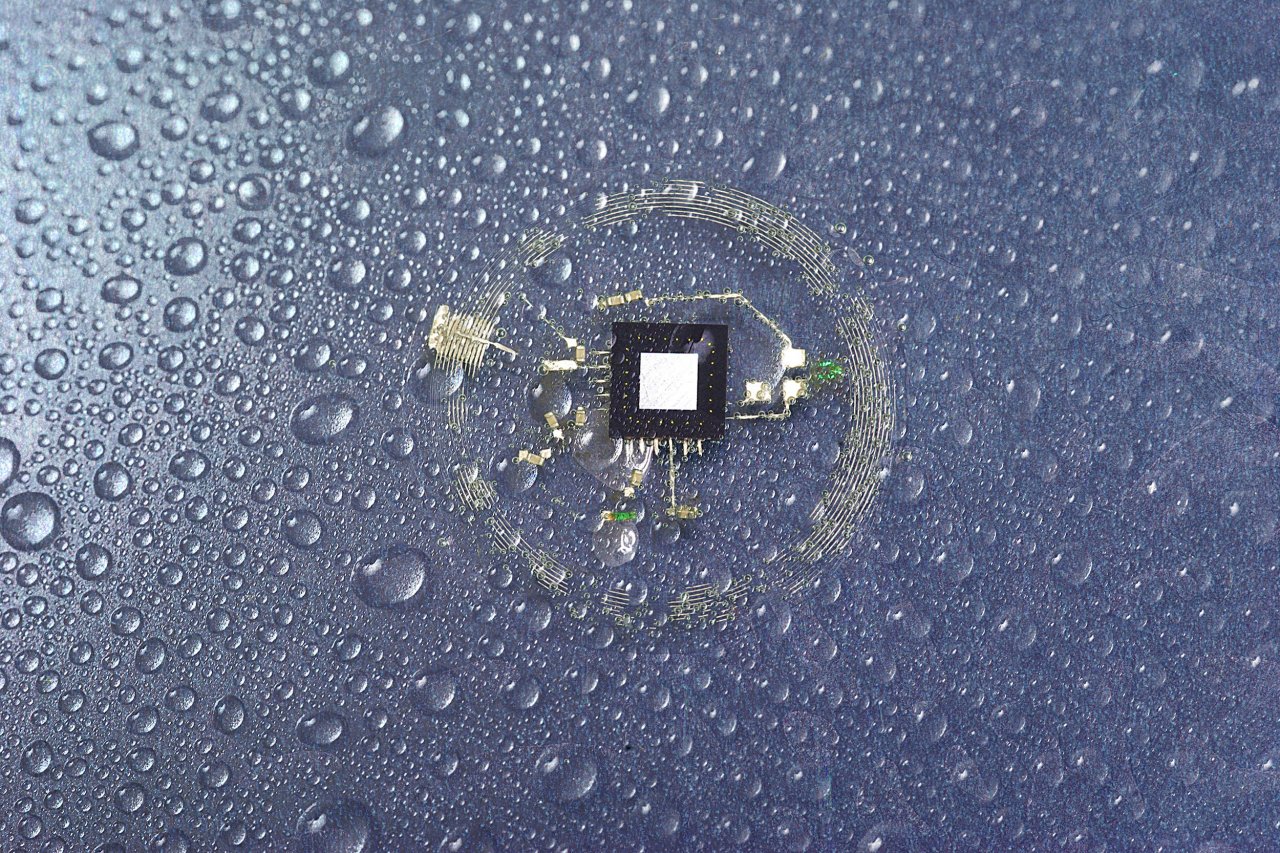Despite the unprecedented speed of scientific development in the 21st century, many biomedical devices still used by doctors are based on technologies from the 1980s. Consider the monitoring equipment commonly employed during brain surgery.
When a patient comes in with a brain injury, one key concern for surgeons is tracking and managing pressure inside the skull. According to the National Institutes of Health, nearly half of all patients with severe head injuries will need surgery to remove or repair contusions (bruised tissue) in the brain or hematomas (ruptured blood vessels) that increase pressure. Yet the monitoring equipment that's been used for three decades is not only unwieldy but also potentially dangerous: Bacteria can form along the wires of these electronic implants, leading to infection. And the follow-up surgery to retrieve these devices exposes a patient to additional complications.
Believing it's time for something better, Dr. Rory Murphy, a neurosurgery resident at the Washington University School of Medicine, set out to create an implant to monitor the brain. He collaborated with John Rogers, a professor of materials science and engineering at the University of Illinois, to devise an accurate, implantable sensor that would not require surgical rescue—because it would safely dissolve inside the body.
Their team of researchers began with high-performance materials used in other biomedical products. Combining poly lactic-co-glycolic acid (a biodegradable material found in a variety of Food and Drug Administration–approved devices) and silicone, they designed a prototype that could wirelessly transmit accurate data to an external system and dissolve in a bath of saline solution after a few days. Then the team tested the new device in laboratory rats. According to Murphy and Rogers, the measurement performance of the device compared favorably to current clinical standards, and the device was absorbed, as planned, into the animals' bodies.

The researchers have begun to plan tests with human patients; specifically, they hope to place the sensor at multiple locations in a patient's brain during a surgery for traumatic brain injury. Beyond that, the device may be used in other organs during critical periods of care. Providing crucial information, the implant would allow doctors to intervene only when necessary.
"The devices can be adapted to sense fluid flow, motion, pH or thermal characteristics, in formats that are compatible with the body's abdomen and extremities, as well as the deep brain," the researchers wrote in a recent article in the journal Nature, "suggesting that the sensors might meet many needs in clinical medicine."






















